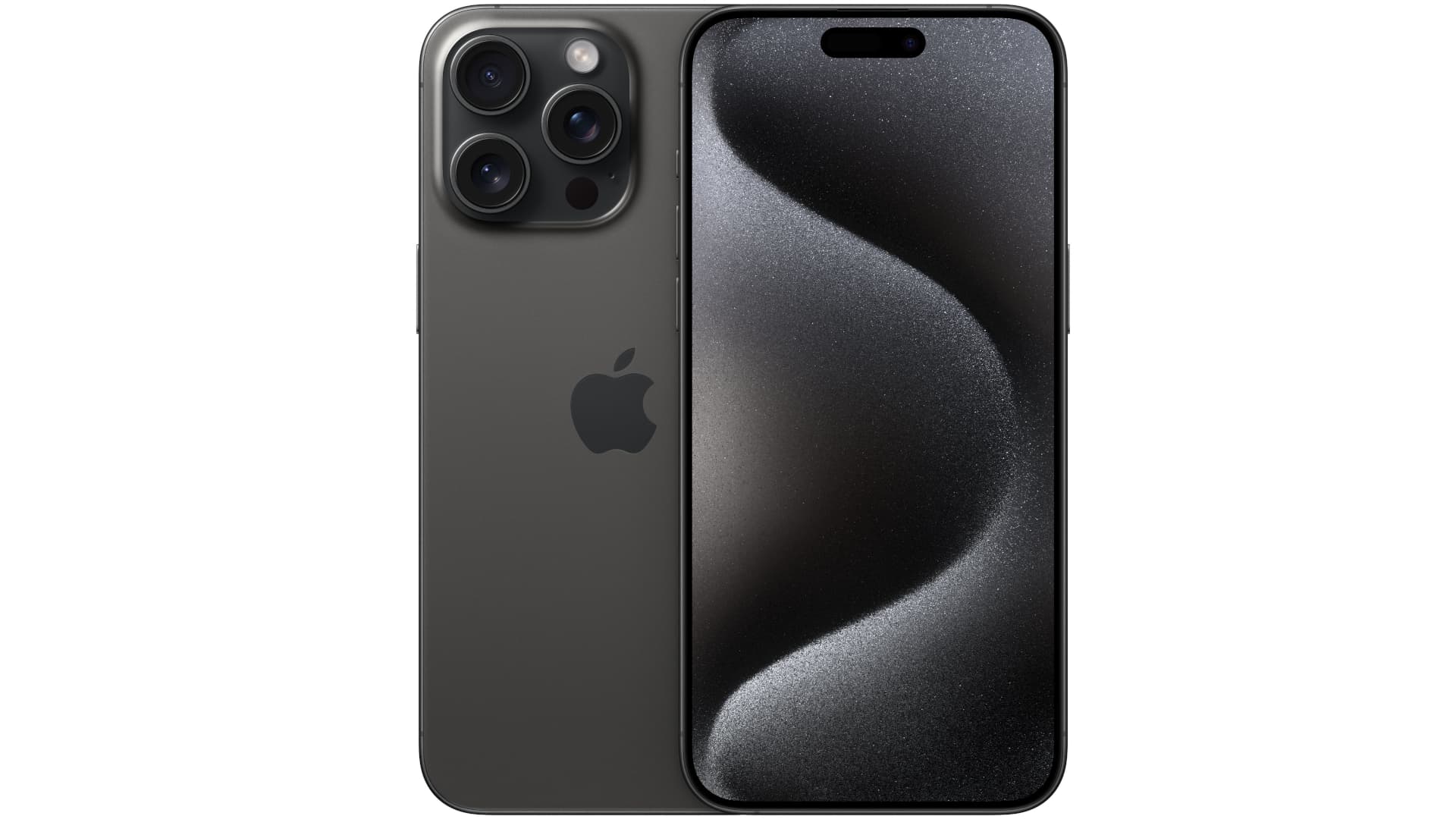Introducing the iPhone 15 Pro Max, the latest addition to Apple’s iconic smartphone lineup. The mere mention of the number “15” prompts a moment of reflection on the evolution of this device over the years. The pace of change in the smartphone landscape is staggering, with incremental improvements now defining progress rather than the groundbreaking leaps witnessed in earlier iterations, such as the transition from the original iPhone to the iPhone 3.
However, the iPhone 15 Pro Max manages to stand out in a market saturated with advanced devices, boasting noteworthy enhancements that warrant a closer examination. One of the prominent changes lies in the casing material. As widely known, the device adopts titanium, available in a selection of four subdued colors, with natural titanium being a particularly attractive option. Notably, the natural titanium variant may lack a protective coating, distinguishing it from the others. This not only adds to its aesthetic appeal but also contributes to a lighter overall weight.

Addressing a common gripe voiced by users, including the reviewer, about the weight of previous iPhone Pro Models, Apple’s shift to titanium results in a noticeable reduction of 19 grams. While this might not translate to a full ounce, the significance lies in the perceptible difference in the phone’s weight, making it a welcome change for those who found earlier models unwieldy. The heaviness, attributed in part to the use of stainless steel, has been a recurrent concern, affecting user comfort to the extent that some resorted to hand braces.
As the seasons change and new phones emerge, the emphasis on protecting these devices becomes paramount. The adoption of titanium not only addresses the weight issue but also brings durability to the forefront. Apple claims to utilize grade-five titanium, considered the best in its class, for the exterior. The internal frame, however, retains recycled aluminum. Despite potential discoloration on the frame when used without a case, the cleaning process is straightforward, reassuring users that any blemishes are temporary.
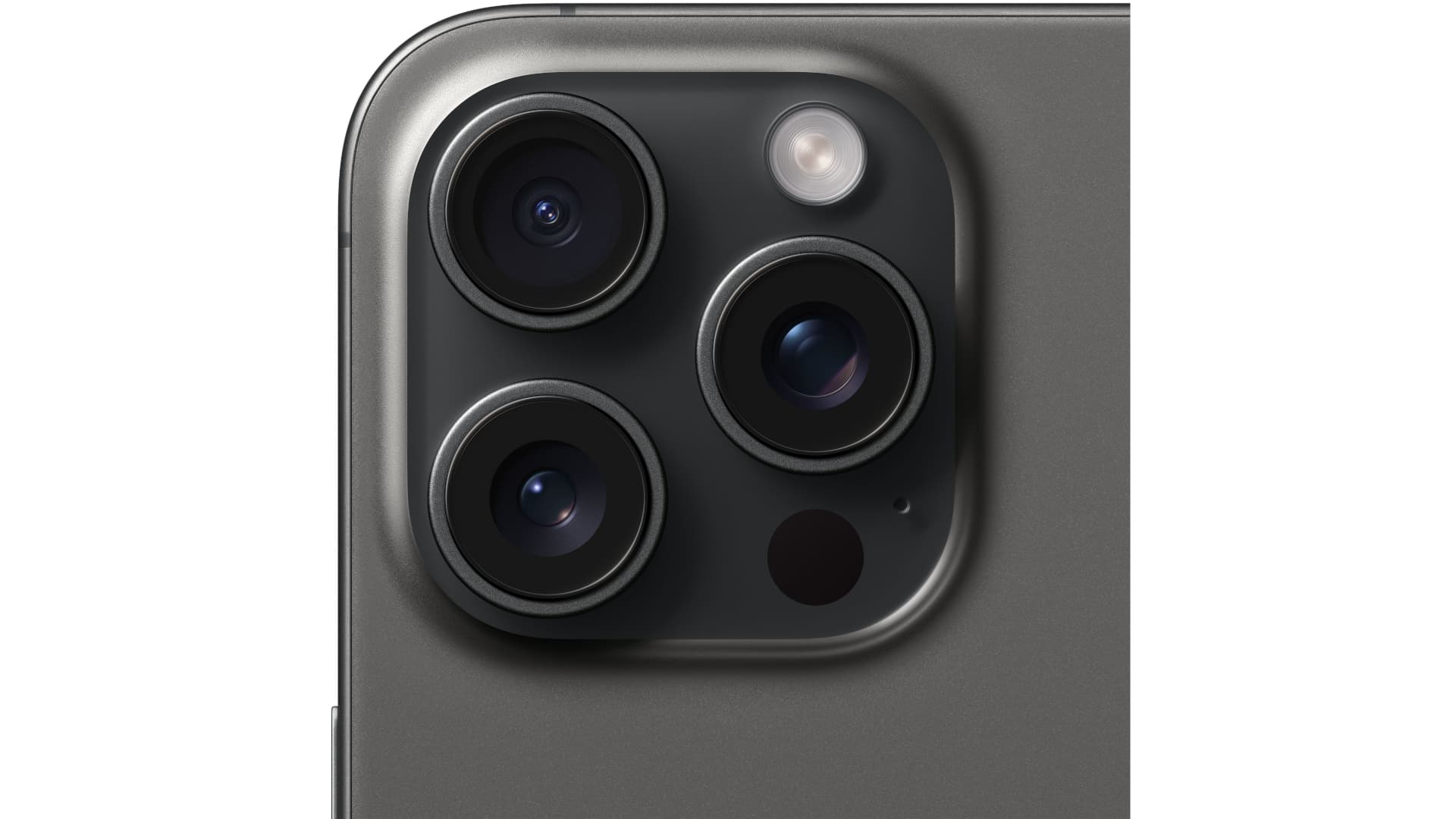
The aesthetic appeal is further enhanced by a more refined design, with Apple opting to slightly reduce the sharpness of the phone’s edges. This subtle adjustment caters to user comfort, eliminating the tendency of the Pro model iPhones to feel sharp in the hand. Additionally, Apple has made strides in making the back glass easier and more cost-effective to replace. The reduction in repair costs, from $500 to approximately $100, is a commendable move, but it comes with a trade-off. Durability concerns arise due to the absence of massive adhesive behind the entire glass back, potentially making it more susceptible to breakage, as demonstrated in durability tests.
Shifting the focus to the display, Apple boasts that the iPhone 15 Pro Max features its brightest display yet. While the reviewer acknowledges never having trouble seeing an iPhone outdoors in strong sunlight, the increased brightness in max auto-brightness mode is deemed a noteworthy enhancement. Additionally, the already minimal bezels have been further reduced, contributing to a slightly smaller frame size. Although this reduction may not be a game-changer, it complements the overall design, showcasing Apple’s commitment to refining and optimizing its OLED display technology.
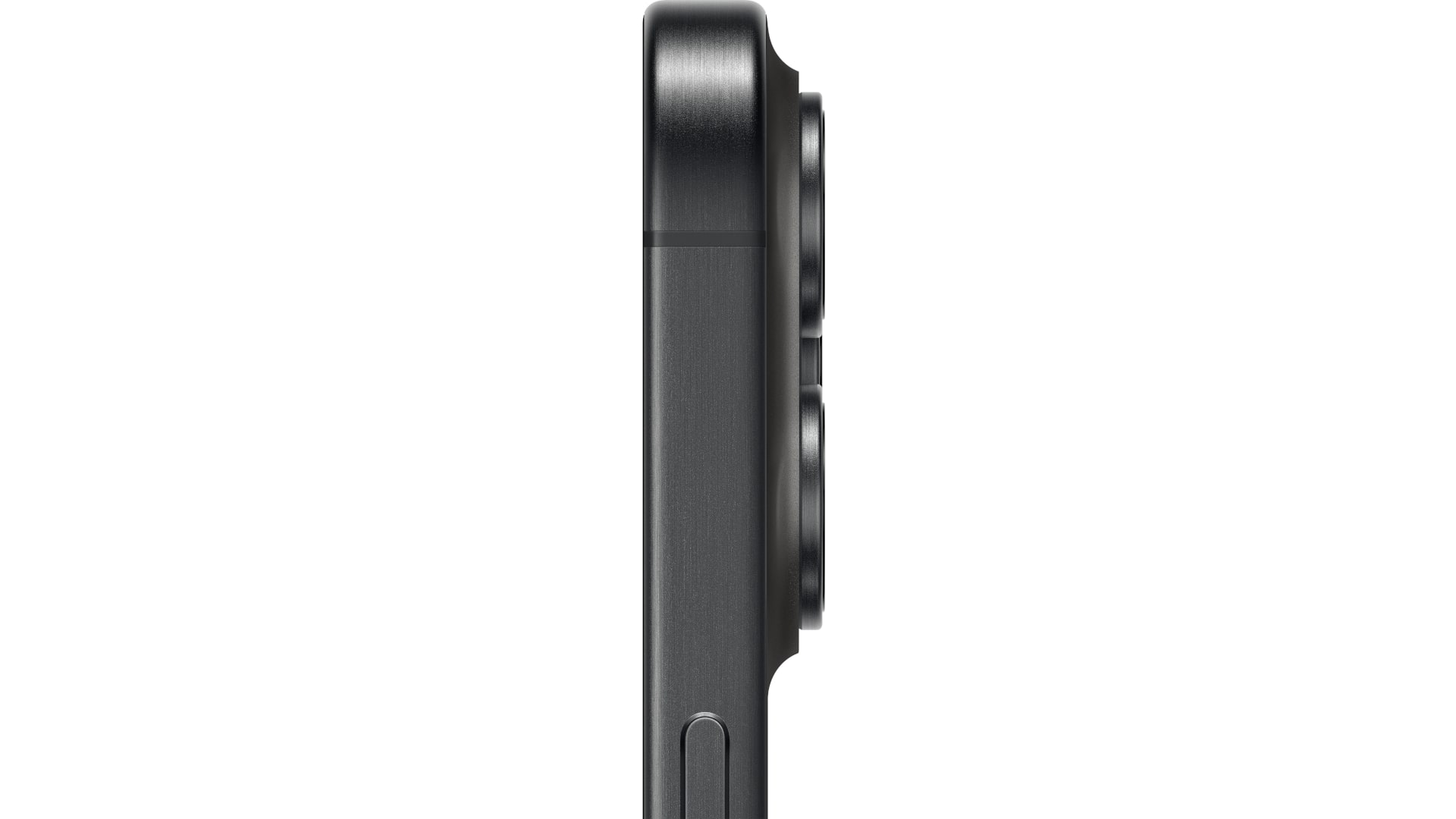
In the grand scheme of things, the iPhone 15 Pro Max appears to be a testament to Apple’s commitment to incremental improvements. The device encapsulates a delicate balance between design refinements, technological advancements, and user-centric features. The choice of titanium as the casing material not only addresses concerns about weight but also adds a layer of durability and aesthetic appeal. The subtle adjustments to the phone’s edges and the improved accessibility and affordability of back glass replacement contribute to a more user-friendly experience.
While the durability trade-offs may raise concerns for some users, it’s evident that Apple is cognizant of the evolving needs of its user base. The brighter display, though perhaps not revolutionary, demonstrates a commitment to enhancing user experience in various conditions. As the smartphone market continues to evolve, the iPhone 15 Pro Max stands as a testament to Apple’s ability to navigate the delicate balance between innovation and user satisfaction in an ever-changing tech landscape.
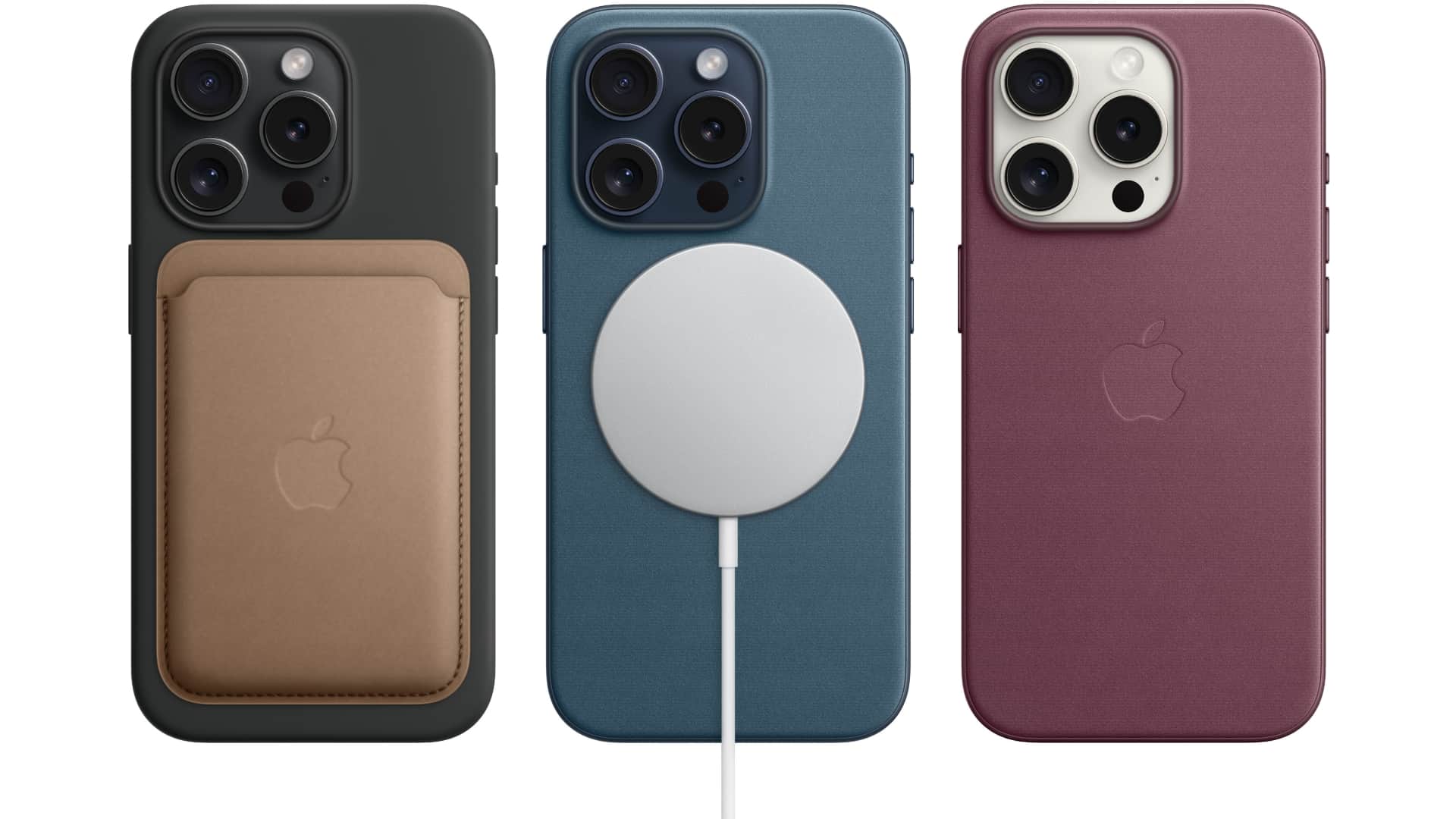
The display resolution remains consistent, with the Pro Max featuring a 6.7-inch screen and the Pro maintaining a 6.1-inch display—unchanged but still aesthetically pleasing. An essential update, however, is the adoption of USB-C, a move partially influenced by the European Union’s push for standardization to reduce electronic waste. This change brings about convenience, especially for users already owning devices like iPads or MacBooks with USB-C chargers. The versatility extends to compatibility with chargers used by friends with Android phones, offering a more shared charging ecosystem.
While the iPhone 15 Pro Max doesn’t support reverse wireless charging like some Samsung Galaxy phones, the USB-C port opens up a plethora of possibilities. Beyond charging, users can now connect a variety of peripherals to their iPhones. This newfound flexibility is particularly showcased by the ability to connect external storage devices like the Samsung T7 SSD directly to the iPhone. The potential applications are vast; for instance, recording 4K 60 frames per second Apple ProRes video directly onto an SSD eliminates concerns about iPhone storage limitations.
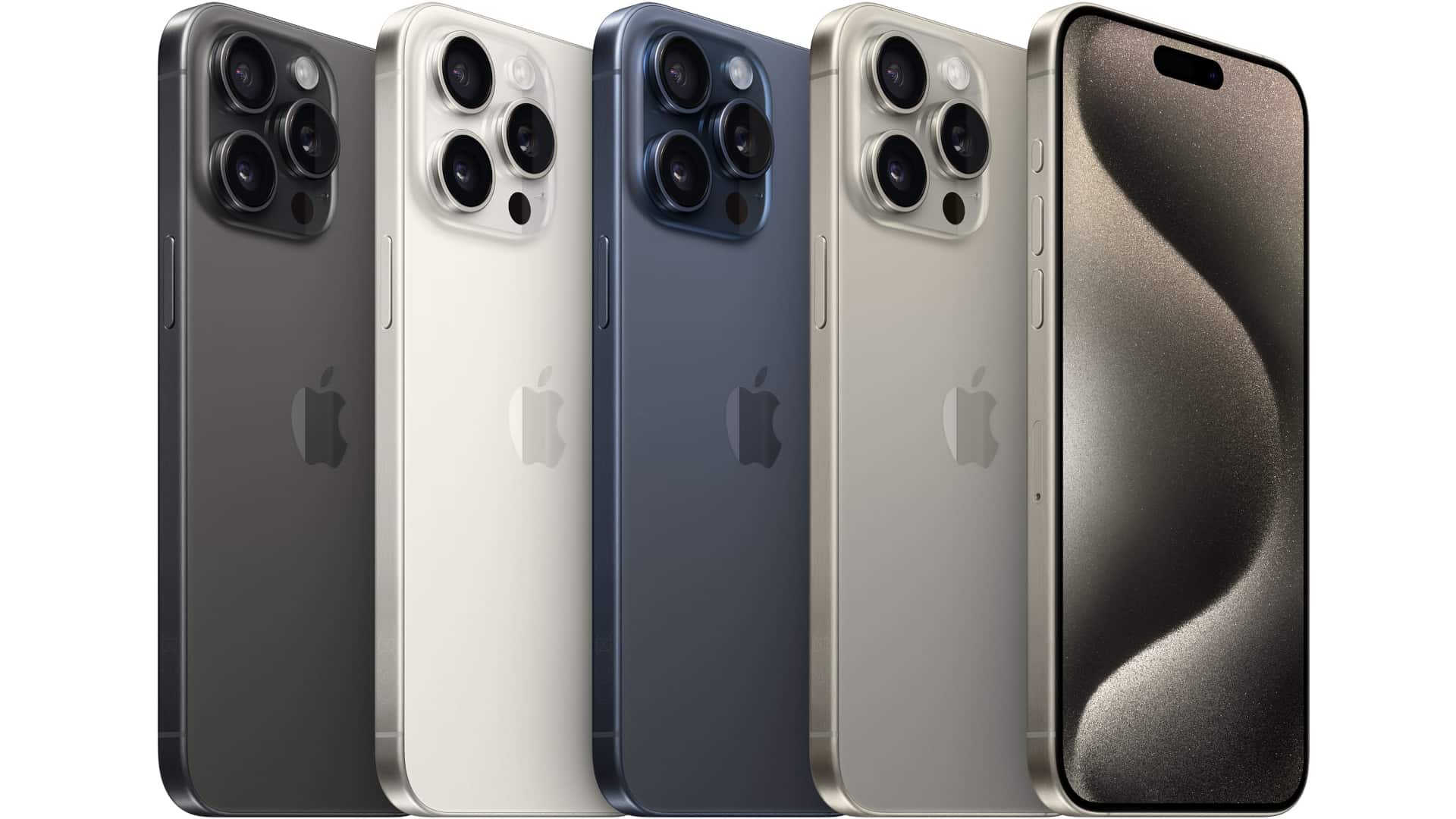
The practicality of this feature becomes evident in scenarios where high-quality video recording is essential, such as during trade shows or events. The ability to shoot in HDR, SDR, or Apple log format provides users with creative options, and the ability to seamlessly transfer footage to editing software like Final Cut or Premiere is a game-changer. This functionality is especially valuable for users on the go who may not have access to professional cameras.
The advantages of USB-C extend beyond direct connections. USB hubs that are compatible with Mac or iPad setups can now be used with iPhones, allowing users to connect multiple peripherals simultaneously. This opens up new possibilities, such as pairing an SSD with a microphone for enhanced content creation on the go. Despite the positive aspects, it’s worth noting that the USB-C cable provided in the box is a 2.0 cable, not a faster 3.0 variant. Users aiming for quicker data transfer, especially when using an SSD for ProRes video, may want to invest in a USB-C 3.2 Gen 2 cable.
Shifting the focus to the camera system, incremental improvements characterize the main and ultra-wide cameras, with software enhancements and subtle hardware tweaks contributing to the overall experience. The standout upgrade comes in the form of the telephoto lens, now offering optical 5x zoom compared to the previous generation’s 3x. This translates to a 120mm equivalent, catering to users who prioritize zoom capabilities in their photography and videography.
The decision to restrict the 5x telephoto lens to the Pro Max model introduces a nuanced consideration for users. While the Pro retains the 3x telephoto lens, the absence of the 5x option may leave some users less enthused, particularly those who have experienced the versatility of higher zoom levels in devices from other manufacturers.
The expanded zoom range offered by the 5x telephoto lens is particularly valuable in scenarios where getting physically closer to the subject isn’t feasible, making it an ideal choice for landscape and wildlife photography. The increased zoom range maintains its usefulness in portrait photography, albeit with the caveat of not being able to get as close to the subject. The 5x zoom option aligns with the preferences of users accustomed to using 90mm to 120mm for portraits, providing a range well within the professional photography standard.
For those who find the 3x zoom sufficient, the absence of the 5x telephoto lens may not be a significant drawback. Preferences in this regard are subjective, and the decision to reserve the higher zoom level for the Pro Max model introduces a degree of segmentation in the Pro lineup.
In conclusion, the iPhone 15 Pro Max brings forth notable changes that go beyond the typical annual incremental upgrades. The adoption of USB-C opens up a world of possibilities, from shared chargers to a myriad of peripherals, making the iPhone more versatile and connected. The improvements in the camera system, particularly the 5x optical zoom, cater to users who prioritize photography and videography, adding a layer of flexibility and creativity to the overall user experience. As technology continues to evolve, Apple’s focus on refining and expanding the capabilities of its flagship devices ensures that the iPhone remains at the forefront of innovation in the competitive smartphone market.
The evaluation of the iPhone 15 Pro Max encompasses a multifaceted analysis, examining various aspects ranging from camera capabilities to hardware improvements and software enhancements. The subjective nature of user preferences plays a pivotal role in determining the perceived value of these upgrades. While individual preferences may differ, the overarching goal is to unravel the nuances and advancements in the latest iteration of Apple’s flagship device.
One of the pivotal changes introduced in the iPhone 15 Pro Max pertains to its camera system, particularly the optical 5x telephoto lens. The reviewer acknowledges the significance of this enhancement, emphasizing its utility in scenarios where higher zoom capabilities are paramount. Drawing a comparison with the Samsung Galaxy S23 Ultra, known for its Space Zoom and 10x optical zoom, the iPhone’s optical zoom capabilities are recognized as having a limitation. Nevertheless, the reviewer highlights the positive aspect that even with digital zoom beyond 5x, the image quality remains commendable. This distinction positions the iPhone as a competitive player in the smartphone camera landscape.
Delving deeper into camera-related improvements, the main camera now defaults to shooting pictures at a higher resolution of 24 megapixels, doubling the previous standard of 12 megapixels. The implications of this shift are twofold: more data is saved, and the resulting images exhibit a bit more sharpness. This enhancement is particularly appreciated by users who desire to print their photos in larger formats, as it addresses issues related to dithering and lack of detail observed in lower-resolution images. The advancement is positioned as a practical improvement, providing tangible benefits without necessitating a shift to RAW mode, which may be perceived as cumbersome by everyday users.
A notable departure from previous designs is the removal of the mute slider from the side of the phone, replaced by an action button that users press instead of slide. The reviewer expresses satisfaction with this change, highlighting the versatility it introduces. While the default action remains muting the phone, users can customize the button to activate the focus mode, start the camera, initiate a voice memo, or even perform more intricate tasks using Apple shortcuts. This adaptation is viewed as a positive evolution, enhancing the functionality and customization options available to users.
The software side of the iPhone 15 Pro Max experience is briefly touched upon, with the acknowledgment that iOS 17 is available to older iPhone models as well. Consequently, this is not considered a distinctive feature of the new device. Battery life, a crucial aspect for any smartphone user, is reported to be comparable to the iPhone 14 Pro, with no significant improvement or degradation noted. The Pro Max model, however, continues to stand out for its impressive battery stamina, providing an estimated 8 hours of screen-on time on a less favorable day—an enviable feat in the realm of smartphone endurance.
A noteworthy revelation is the introduction of the latest Apple CPU, the A7 Pro, replacing the “bionic” nomenclature. The increased number of GPU cores is highlighted, and the reviewer emphasizes the CPU’s prowess in handling graphically demanding games. The demonstration of playing AAA game titles, such as Resident Evil Village, on the iPhone showcases the device’s gaming capabilities. While acknowledging that the gaming experience on a small screen might not be optimal for everyone, the enhanced GPU capabilities contribute to more robust gaming performance, catering to users who prioritize this aspect.
Despite these enhancements, the reviewer conveys a sense of realism regarding the incremental nature of advancements in smartphone technology. Acknowledging that the leaps between generations are more like measured steps, the recommendation to upgrade depends on factors such as individual usage patterns, preferences, and the specific model in possession. The notion of a three- to four-year upgrade cycle is posited as a reasonable timeframe, within which users are more likely to perceive the improvements as meaningful.
In the realm of accessories, Apple’s decision to eliminate leather cases in favor of environmentally and animal-friendly alternatives is commended. However, caution is advised against opting for the fine-woven case, characterized by its susceptibility to scuffing, scratching, and dirt accumulation. Alternative choices, such as the Apple silicone case or third-party options, are suggested as more durable and practical selections.
In conclusion, the review provides a comprehensive overview of the iPhone 15 Pro Max, dissecting its features and improvements across camera capabilities, hardware, software, and accessory choices. The nuanced evaluation takes into account the subjective nature of user preferences and the realistic expectations surrounding incremental advancements in smartphone technology. The detailed exploration aims to guide potential users in making informed decisions based on their individual needs and priorities.
Apple iPhone 15 Pro Max
-
Performance - 98%98%
-
Price - 94%94%
-
Value - 96%96%

